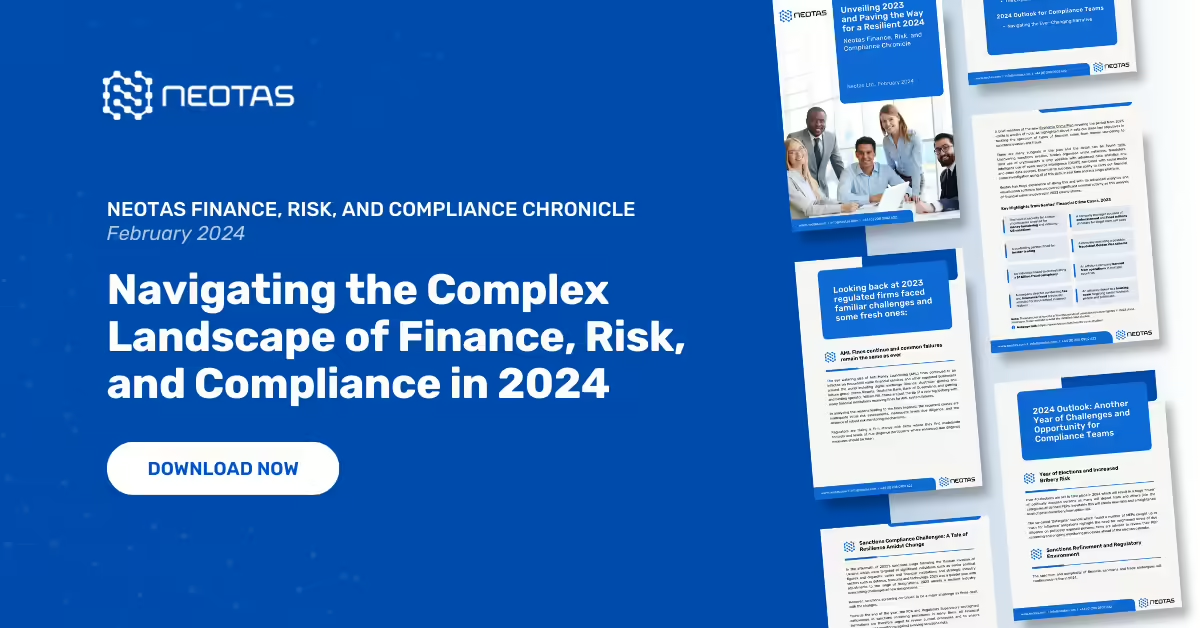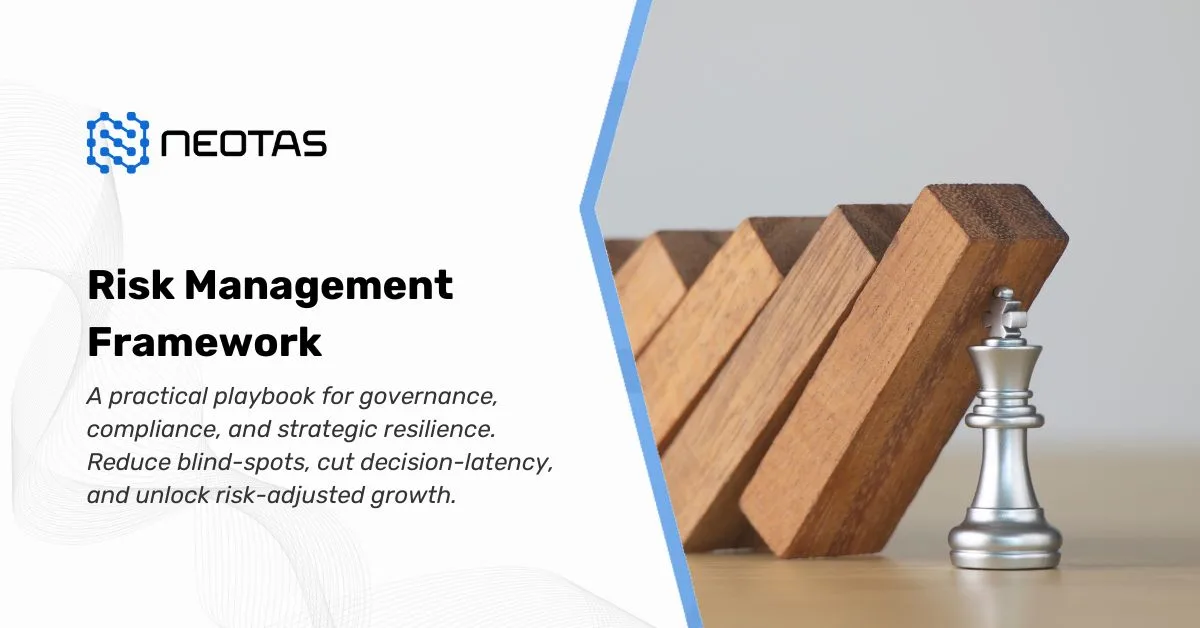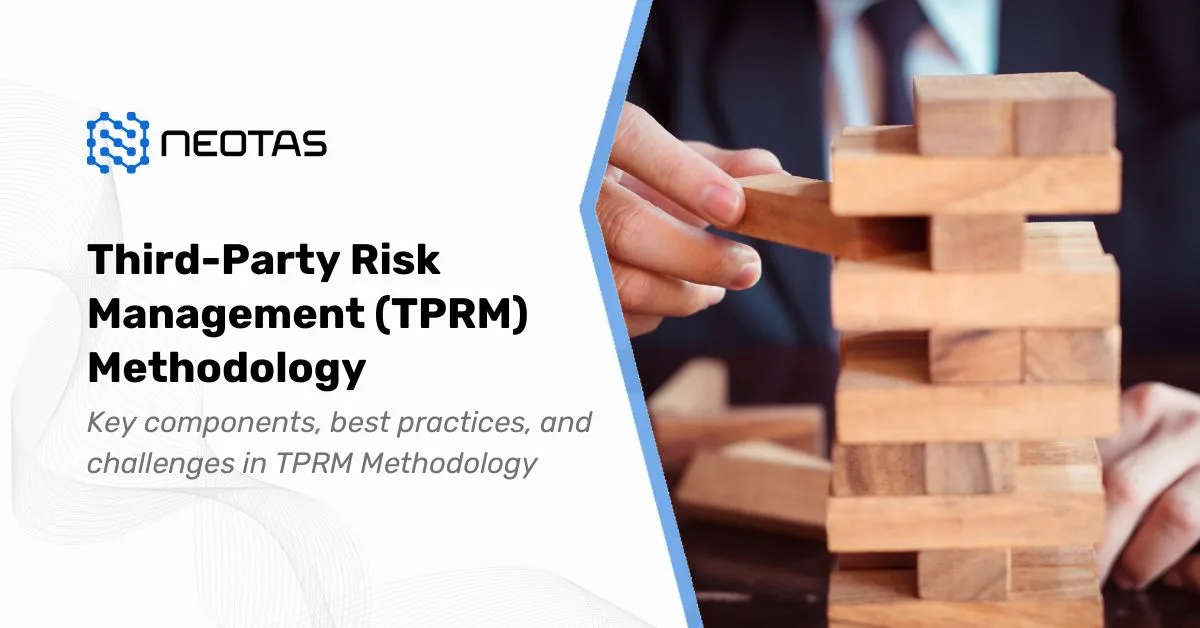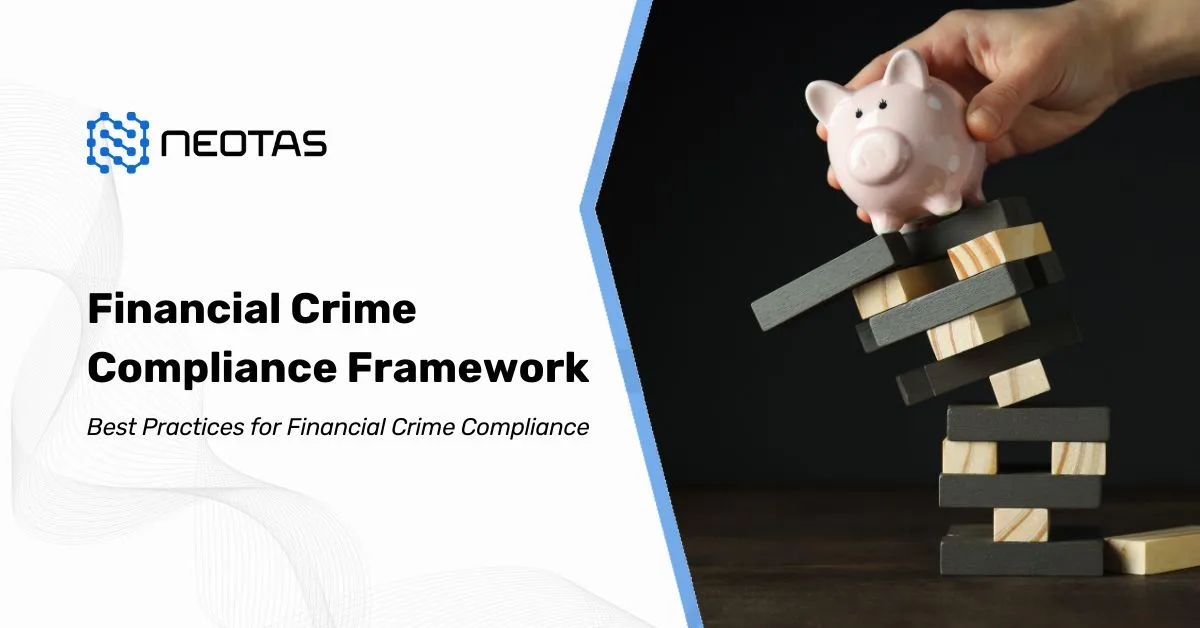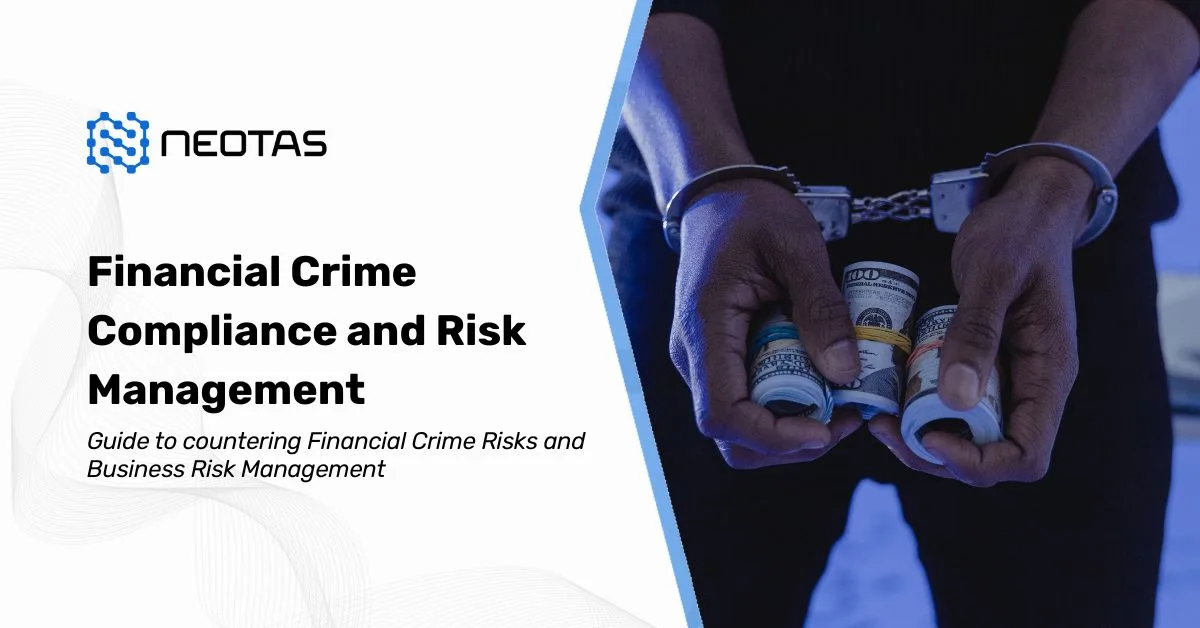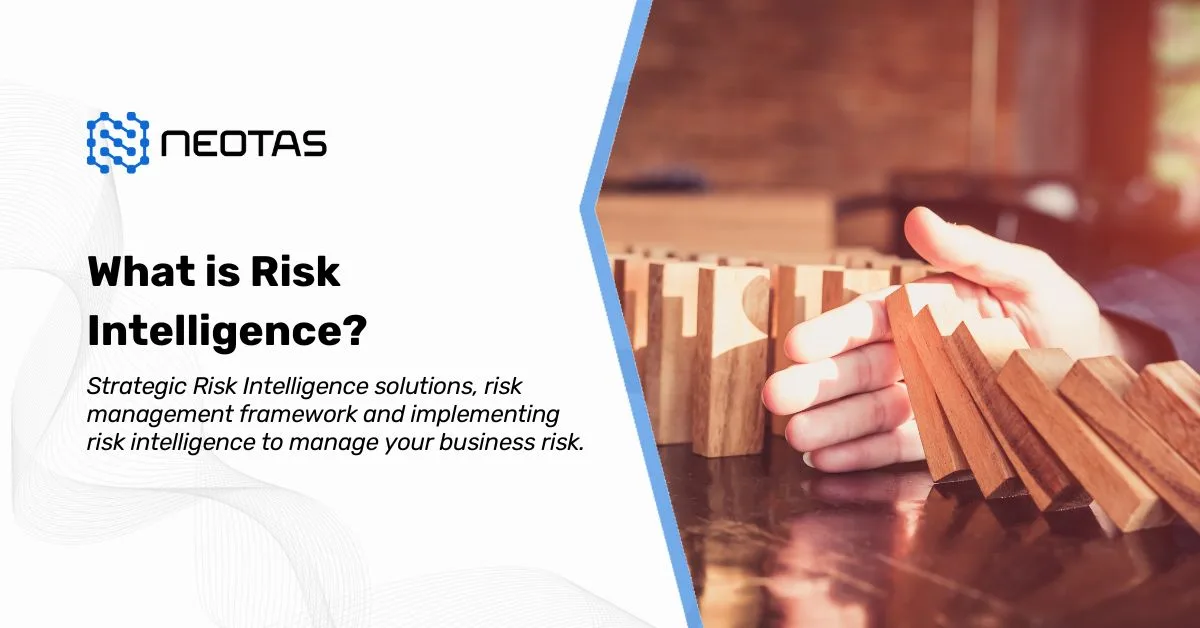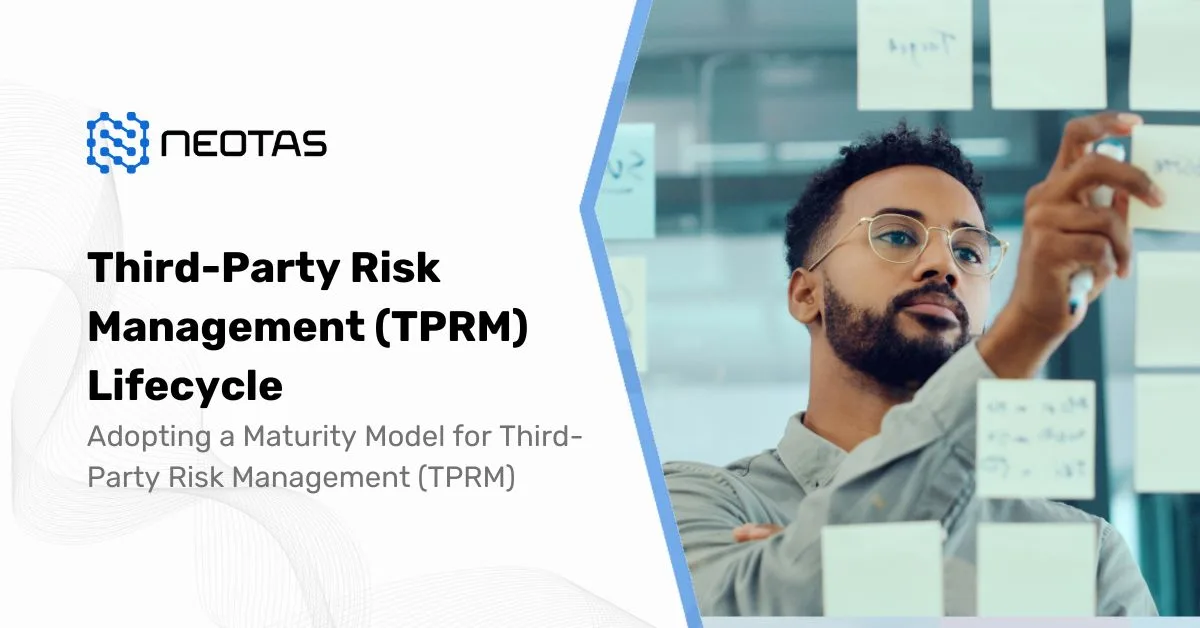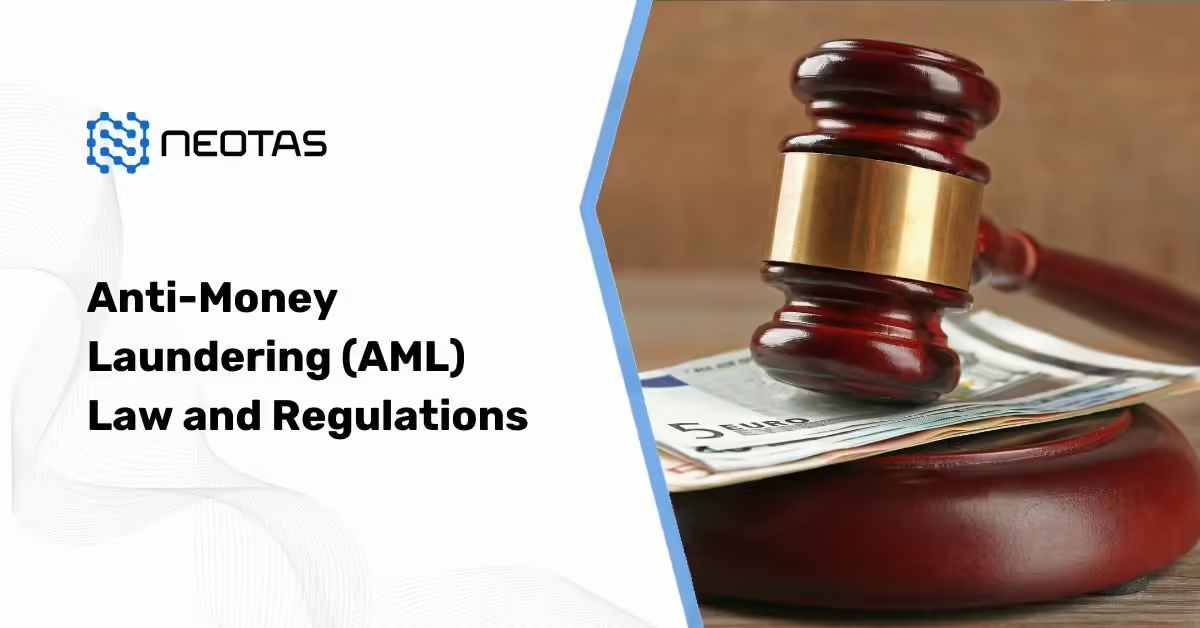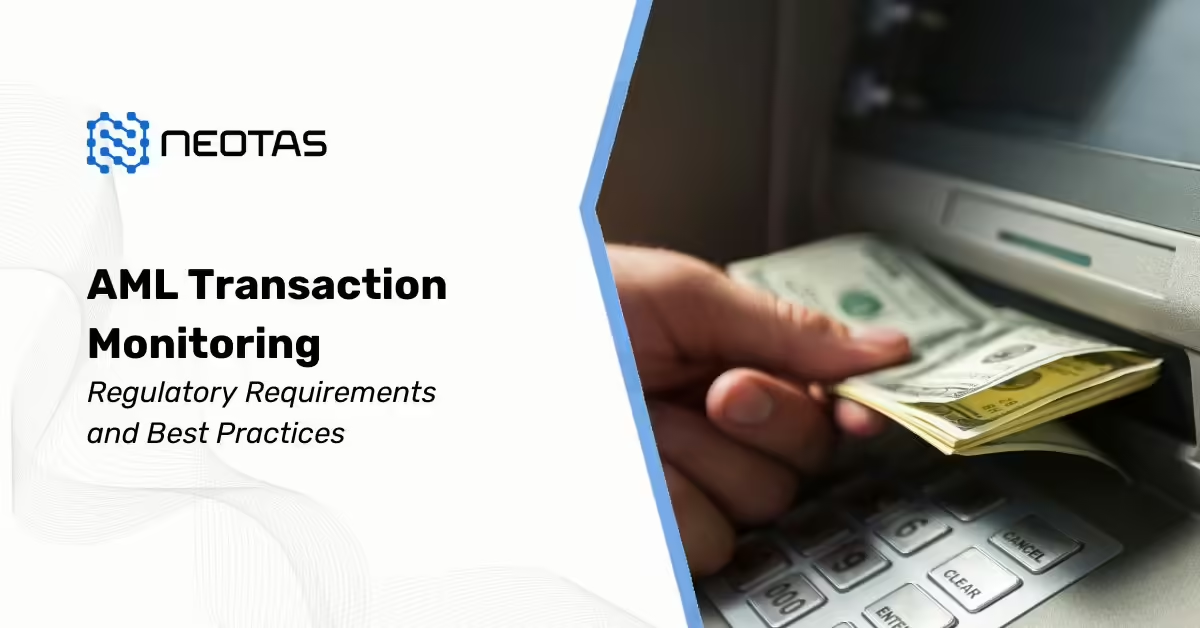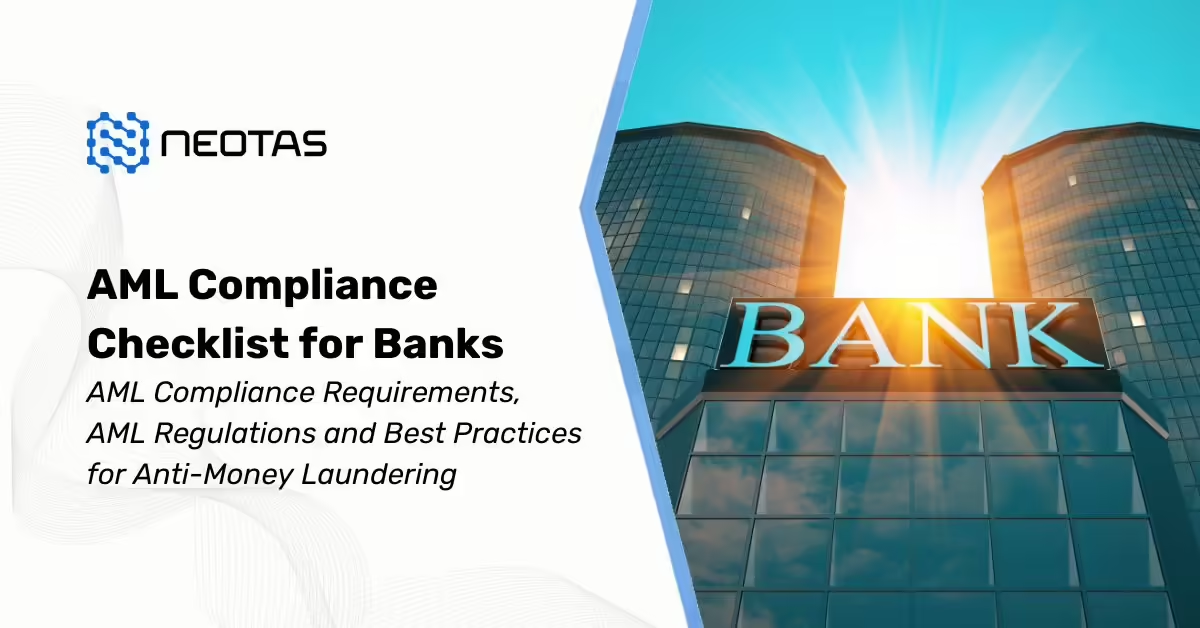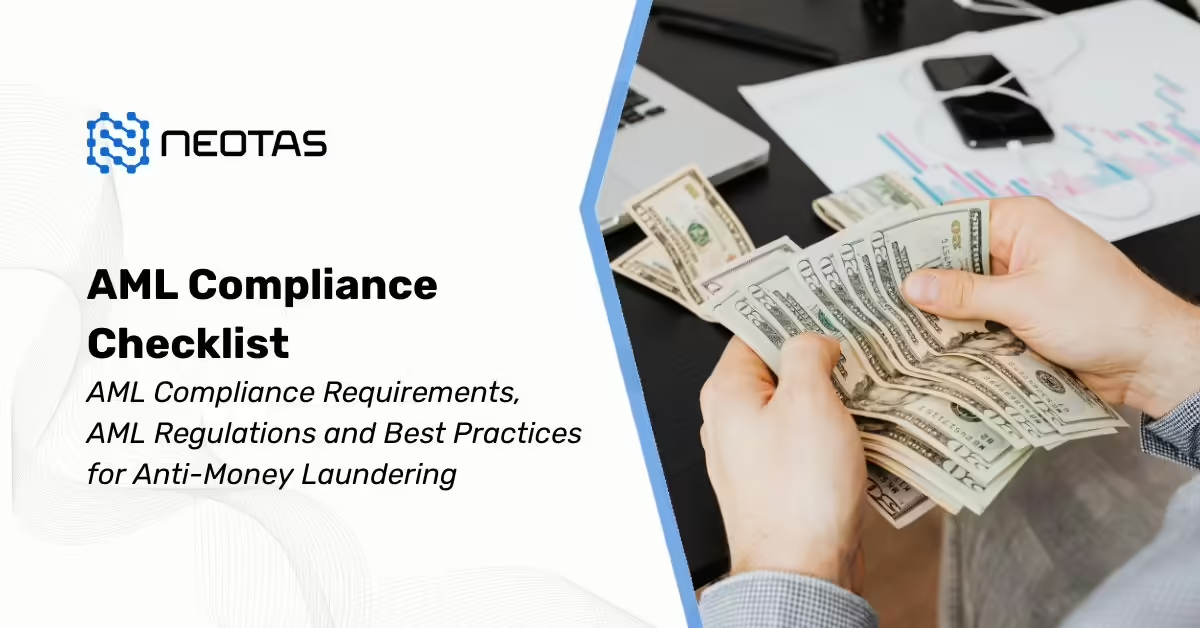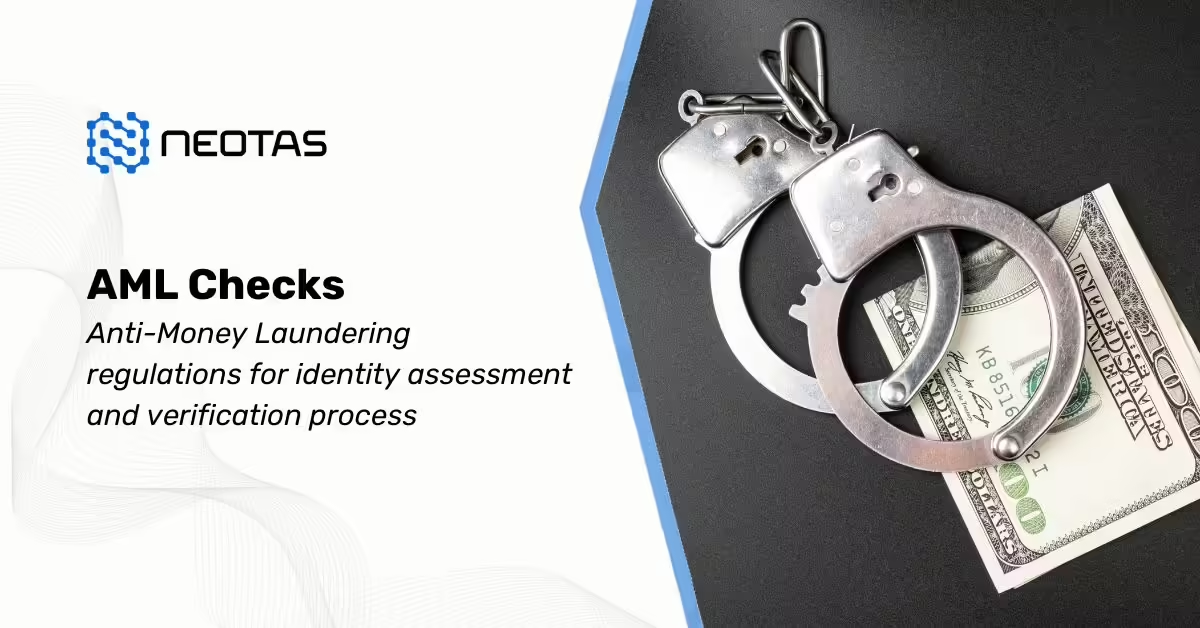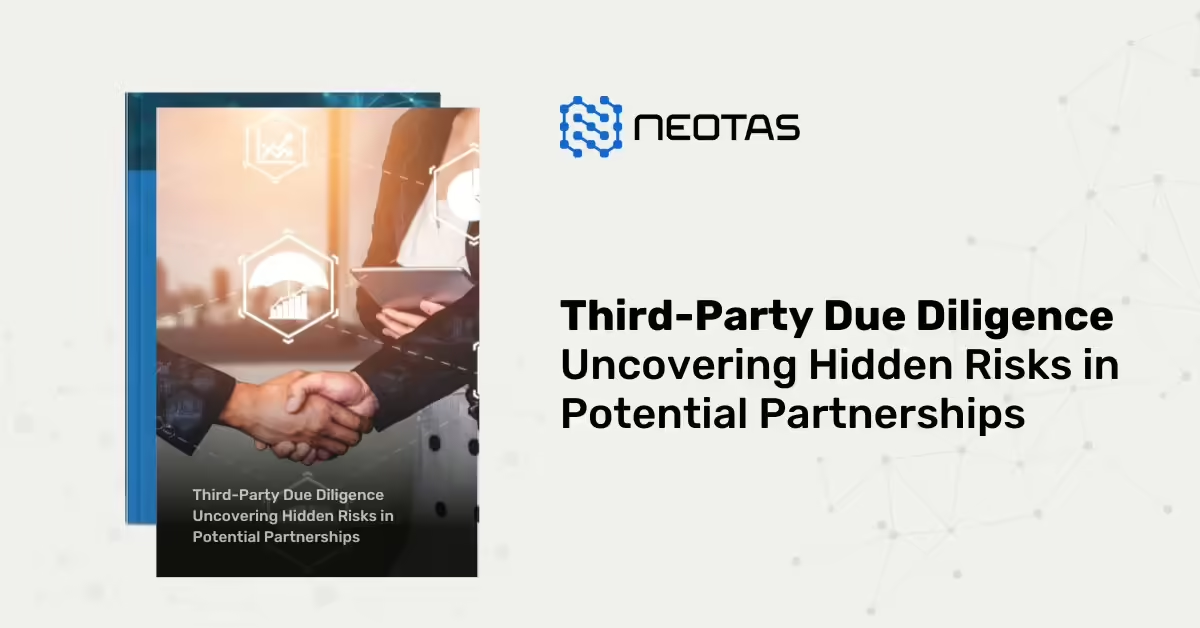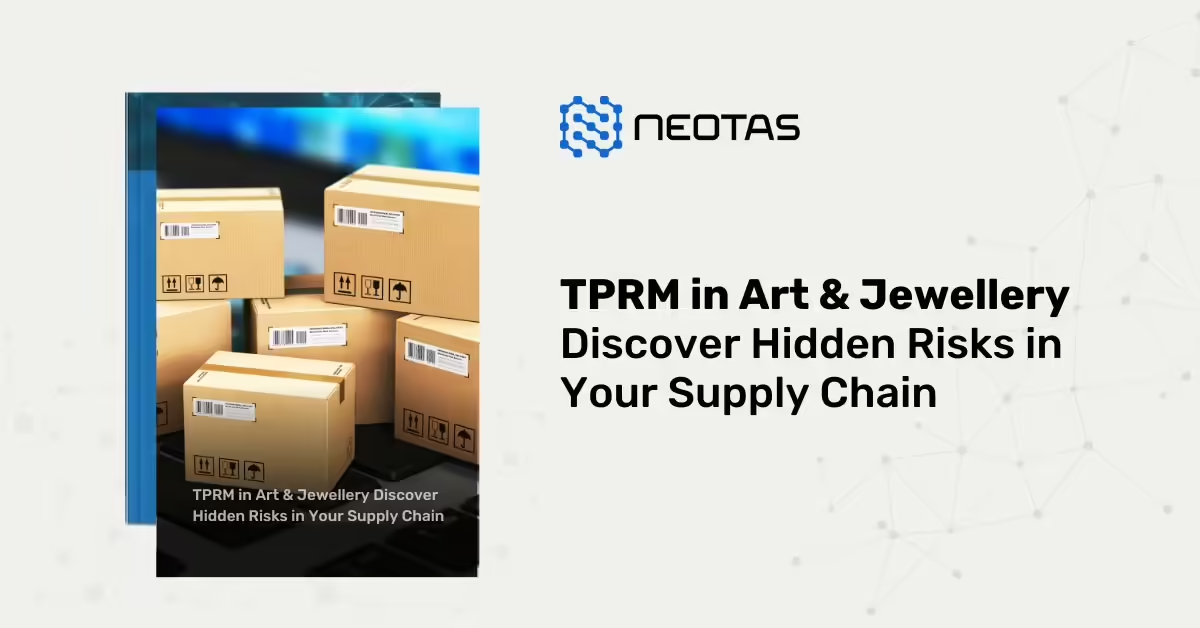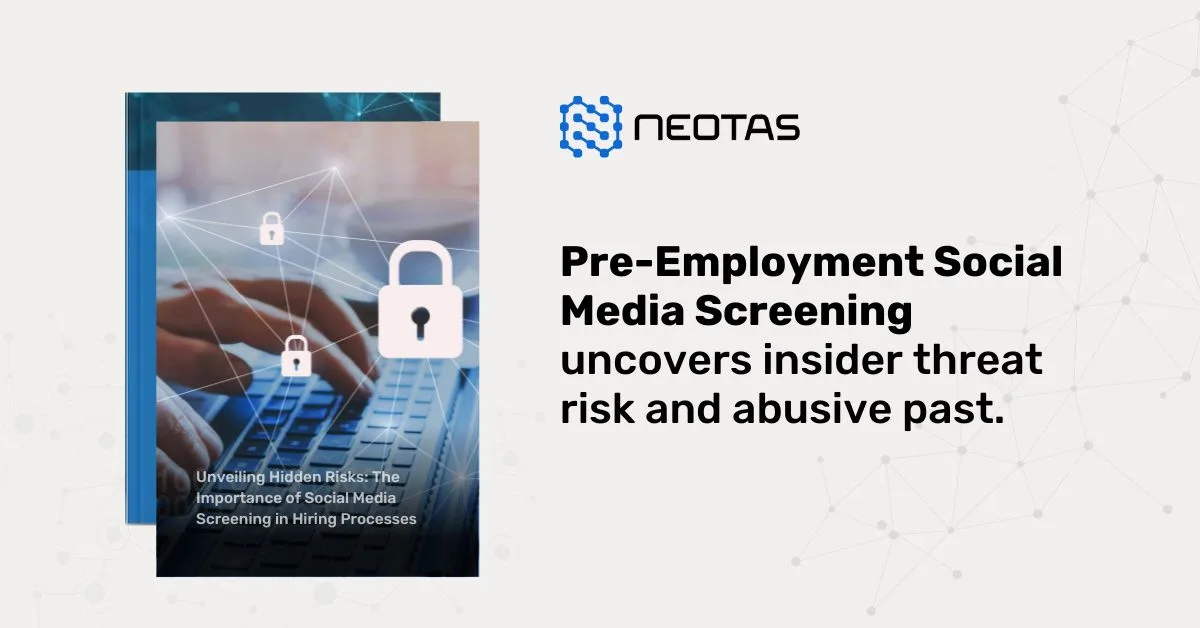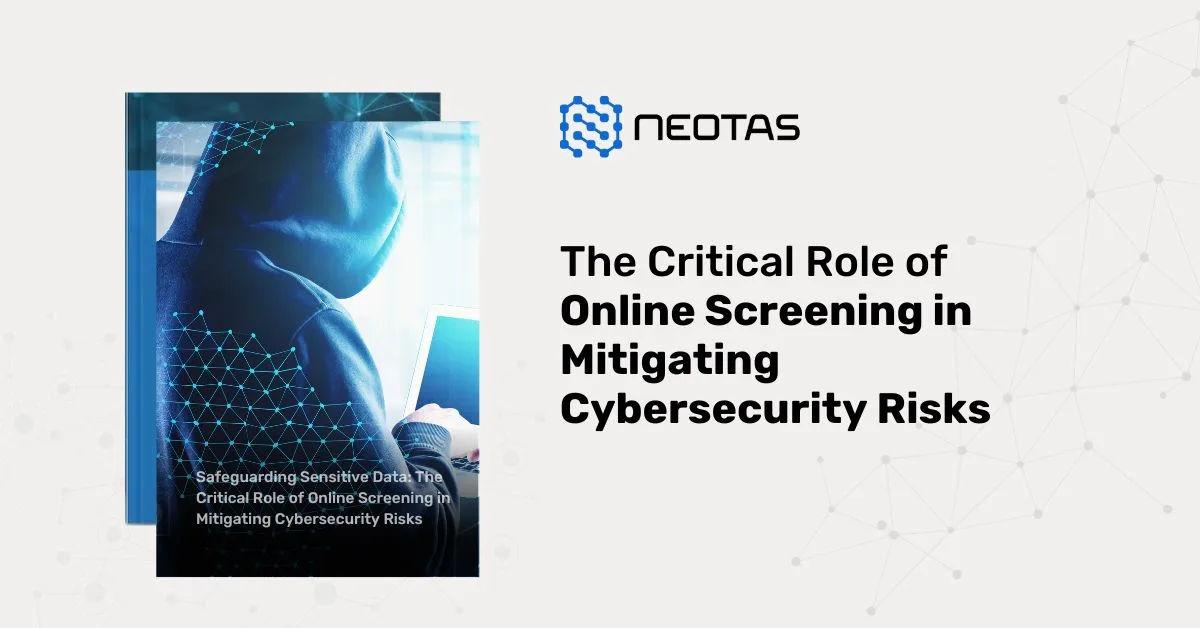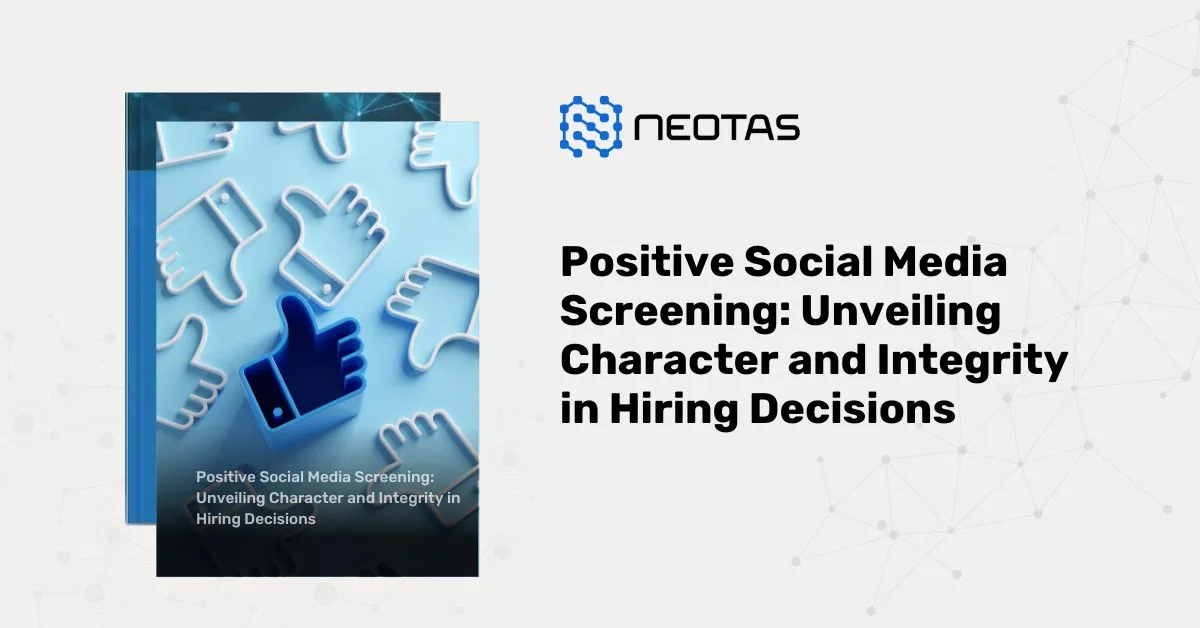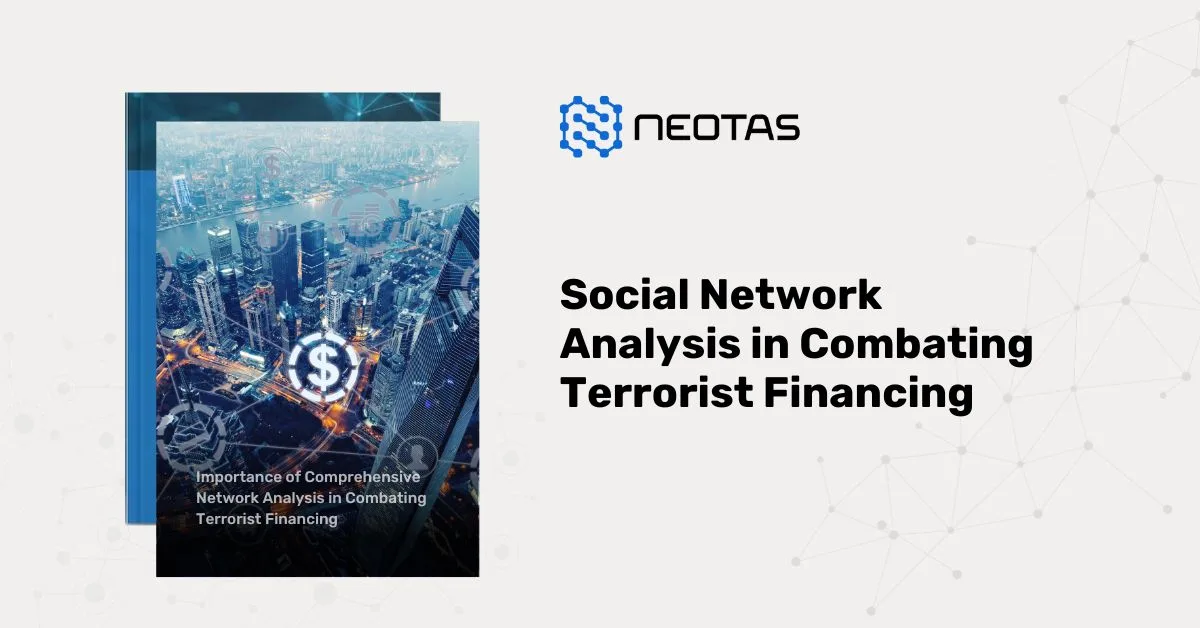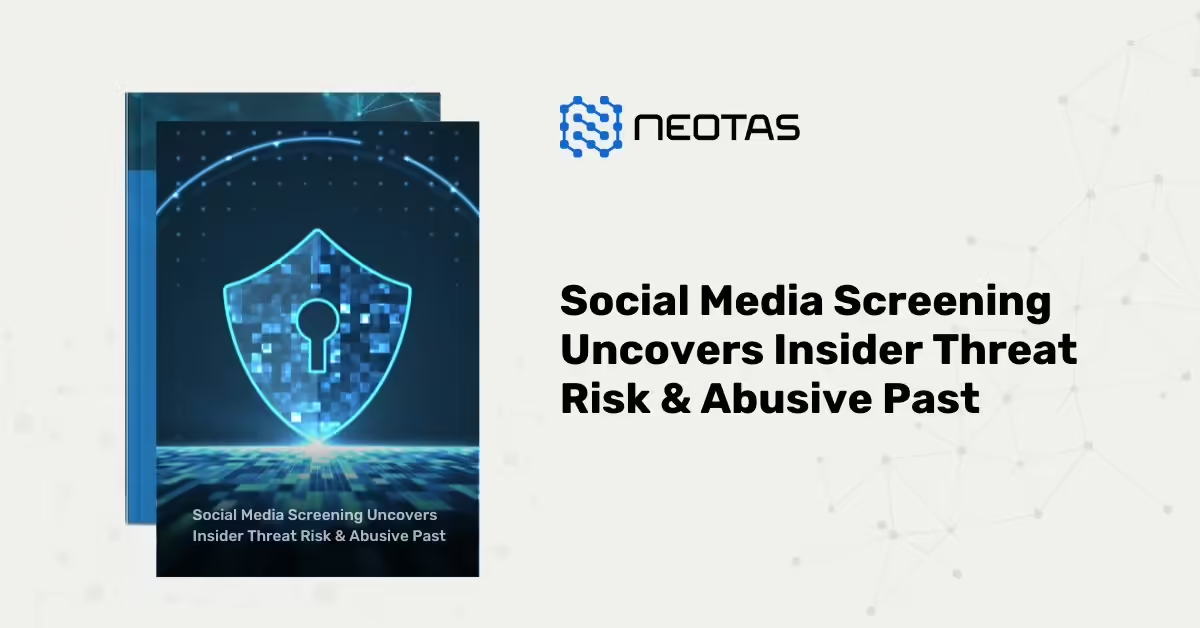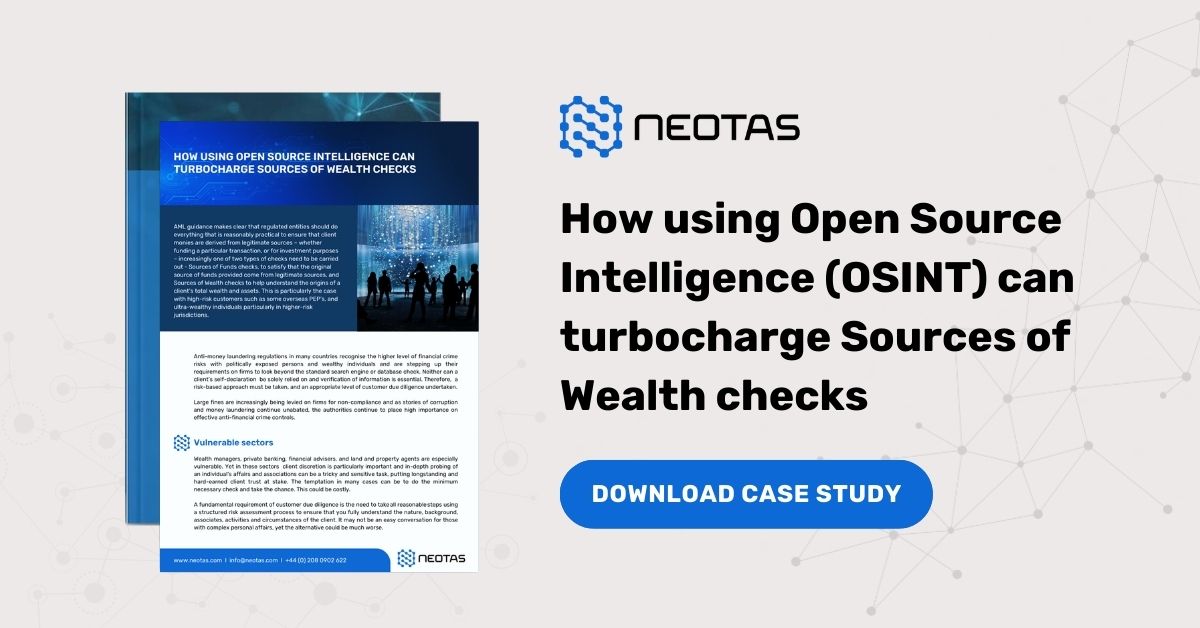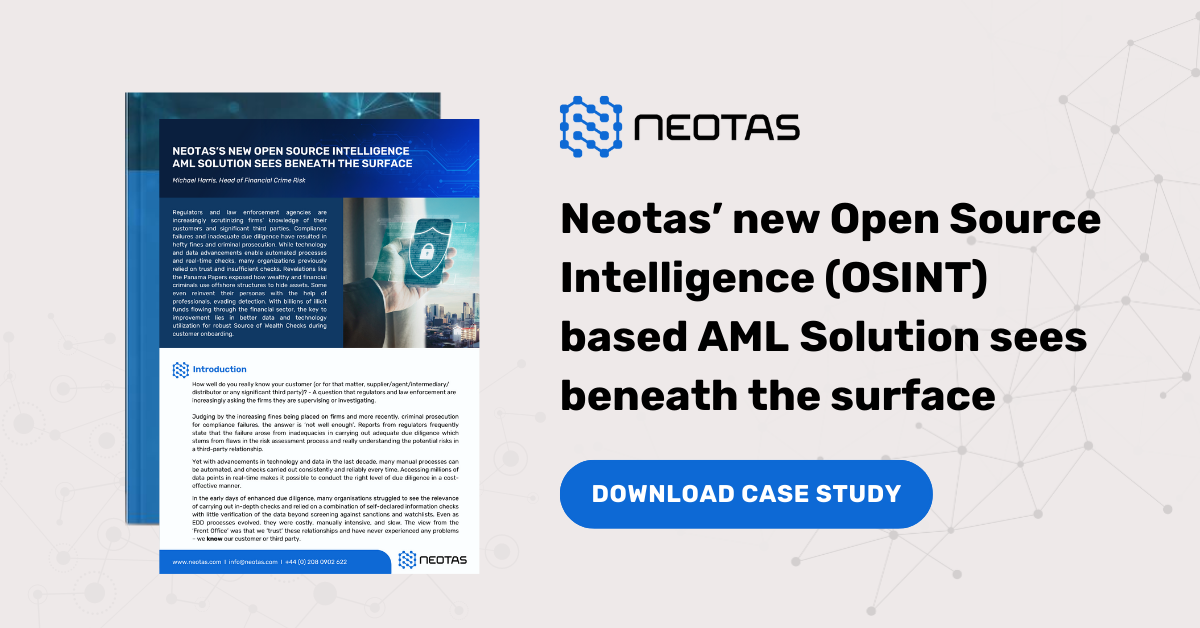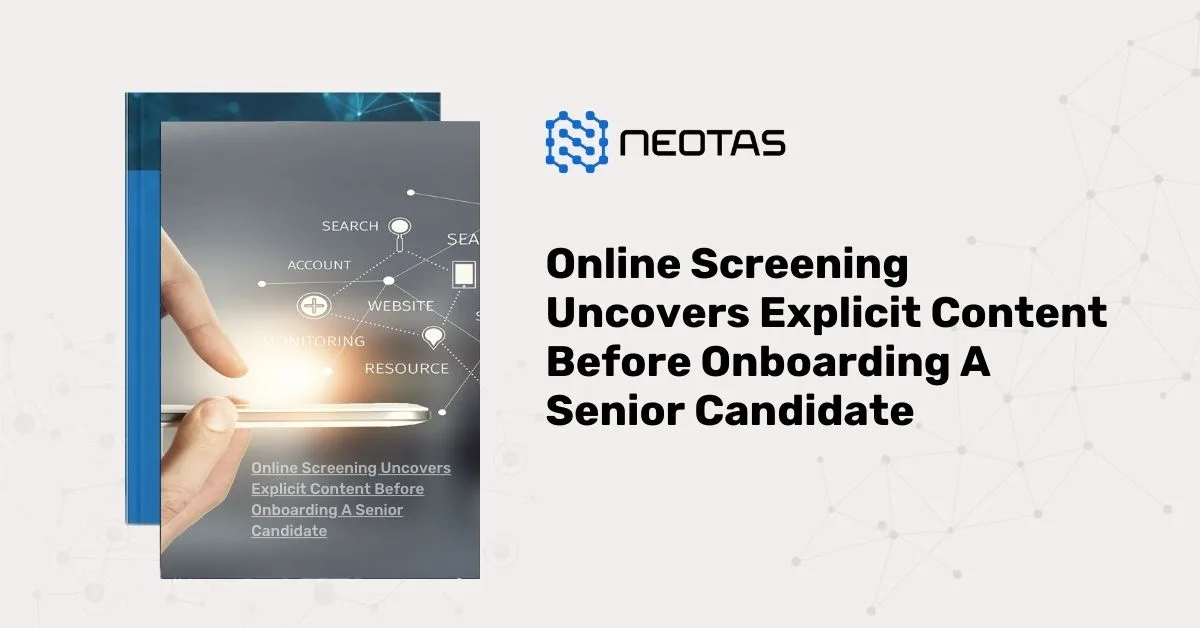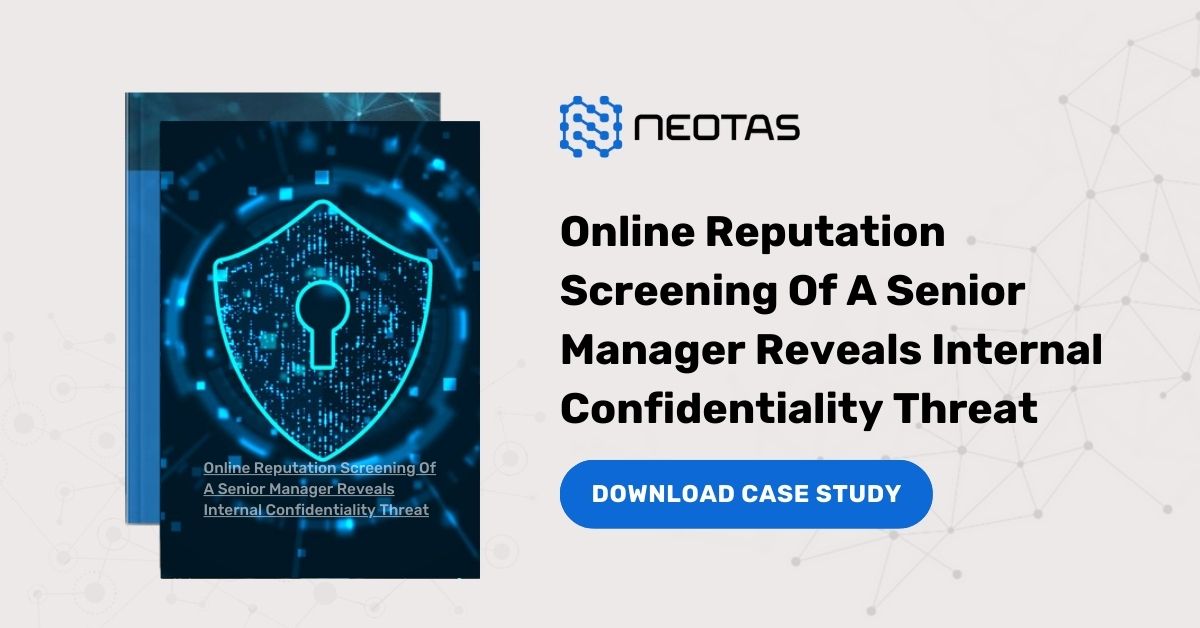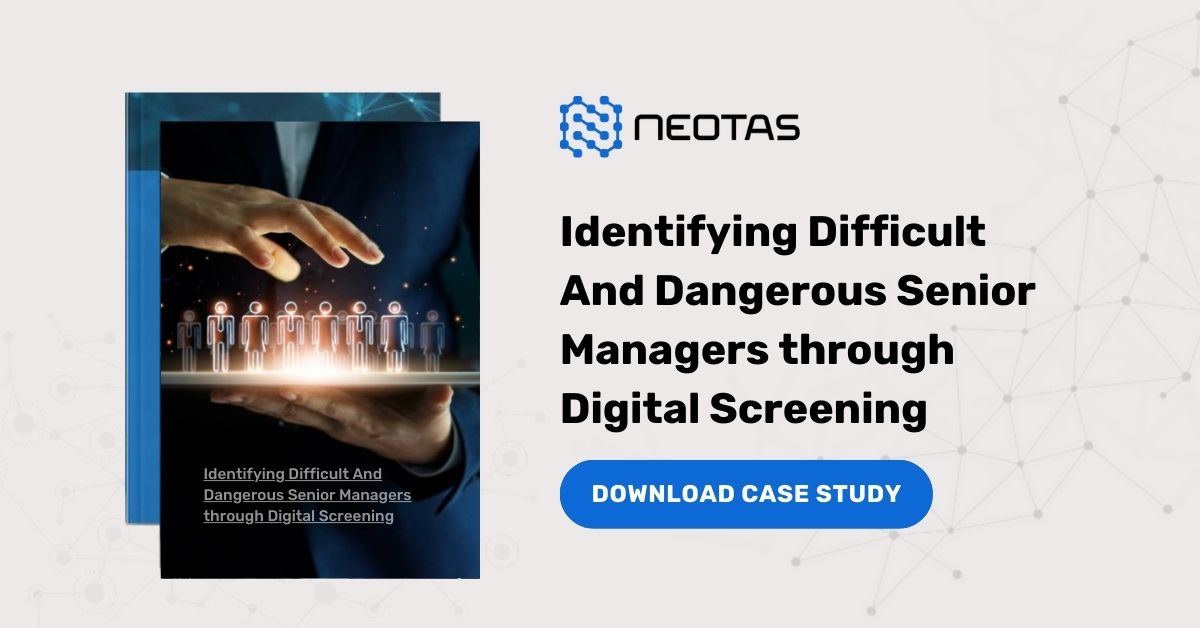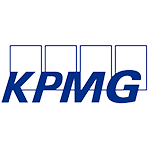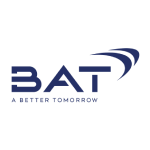AML Requirements
Anti-Money Laundering (AML) requirements are a critical component for financial institutions and businesses to prevent the misuse of the financial system for money laundering and other illegal activities. Compliance with AML regulations is mandatory and involves several key elements, which are detailed below.
1. Customer Due Diligence (CDD)
Financial institutions must conduct thorough Customer Due Diligence (CDD) to verify the identity of their clients. This process typically involves:
- Identifying the Customer: Gathering essential identification information, such as name, address, date of birth, and identification numbers.
- Assessing Risk: Evaluating the risk associated with the customer based on factors like the nature of the business, geographical location, and transaction patterns.
- Ongoing Monitoring: Continuously monitoring transactions for unusual or suspicious activity throughout the customer relationship.
2. Enhanced Due Diligence (EDD)
For high-risk customers or transactions, institutions must implement Enhanced Due Diligence (EDD) procedures, which require:
- More detailed verification processes.
- Continuous monitoring of high-risk accounts.
- Collecting additional information regarding the source of funds and the purpose of transactions.
3. Risk Assessment
Financial institutions are required to conduct a comprehensive risk assessment to identify and evaluate potential vulnerabilities to money laundering. This involves:
- Analysing customer profiles, products, and services offered.
- Assessing geographical risks and the potential exposure to high-risk jurisdictions.
- Implementing controls to mitigate identified risks.
4. Suspicious Activity Reporting (SAR)
If a financial institution identifies any suspicious activity, it must report this to the appropriate authorities through a Suspicious Activity Report (SAR). This includes:
- Timely reporting of transactions that appear unusual or may be indicative of money laundering or terrorist financing.
- Providing detailed information about the transaction and the reasons for suspicion.
5. Record Keeping
Institutions must maintain comprehensive records of all transactions and customer information to facilitate regulatory audits and investigations. Key aspects include:
- Keeping records for a minimum period, typically five years, as mandated by regulations.
- Ensuring that records are easily accessible for regulatory review.
6. Training and Awareness
Regular training is essential to ensure that employees are aware of AML requirements and can identify suspicious activities. This involves:
- Providing AML training sessions upon hiring and at regular intervals thereafter.
- Keeping staff updated on changes to legislation and internal policies.
7. Compliance Programmes
Institutions are required to develop and implement a robust AML compliance programme, which should include:
- Clear policies and procedures for AML compliance.
- Designation of a Money Laundering Reporting Officer (MLRO) to oversee compliance efforts.
- Periodic reviews and audits of the AML programme to ensure its effectiveness and adherence to regulations.
Compliance with AML requirements is essential for maintaining the integrity of the financial system and protecting institutions from financial crimes. By implementing thorough CDD, ongoing risk assessments, and effective reporting mechanisms, financial institutions can significantly reduce the risks associated with money laundering and enhance their overall compliance posture. Failure to adhere to these requirements can result in severe penalties, including substantial fines and reputational damage.
About Neotas Due Diligence
Neotas Platform covers 600Bn+ archived web pages, 1.8Bn+ court records, 198M+ corporate records, global social media platforms, and 40,000+ Media sources from over 100 countries to help you build a comprehensive picture of the team. It’s a world-first, searching beyond Google. Neotas’ diligence uncovers illicit activities, reducing financial and reputational risk.
WHAT WE OFFER
- Complete, Automated AML Solutions – Tailored to meet regulatory requirements for detecting and preventing money laundering activities.
- Seamless, Easy-to-Use Platform – Featuring interactive dashboards and management tools for efficient oversight.
- Single Workflow Platform – Consolidating all AML operations into a unified, easy-to-navigate system.
- OSINT-Driven Intelligence – Incorporating unstructured and structured data from open sources to uncover hidden risks.
- Dynamic Monitoring & Alerts – Real-time monitoring of individuals, entities, and transactions, with risk-based alert frequencies.
- Enhanced Due Diligence – Comprehensive checks on high-risk entities, including AML Regulated organisations, vendors, and customers.
- Seamless Integration – Easily integrates with existing AML, KYC, and compliance systems.
- Managed Service Option – Access to expert-driven, report-based AML assessments.
- Comprehensive Value Chain Monitoring – Covering all relevant actors, from customers to intermediaries and vendors.
Our automated AML monitoring continually tracks high-risk individuals and entities, providing immediate alerts on any significant changes or suspicious activities.
Neotas is a leading SaaS platform widely deployed by organisations for investigating suspected financial crime.
 AML Case Studies:
AML Case Studies:
- Case Study: OSINT for EDD & AML Compliance
- Overcoming EDD Challenges on High Risk Customers
- Neotas Open Source Intelligence (OSINT) based AML Solution sees beneath the surface
- ESG Risks Uncovered In Investigation For Global Private Equity Firm
- Management Due Diligence Reveals Abusive CEO
- Ongoing Monitoring Protects Credit Against Subsidiary Threat
- AML Compliance and Fraud Detection – How to Spot a Money Launderer and Prevent It
 AML Solutions:
AML Solutions:
- Risk-Based Approach (RBA) to AML & KYC risk management
- Anti-Money Laundering (AML) Compliance
- Anti-Money Laundering (AML) Checks
- Anti-Money Laundering (AML) Regulations
- Anti-Money Laundering (AML) Compliance Checklist
- Anti-Money Laundering (AML) Compliance Checklist for Banks
- Anti-Money Laundering (AML) Transaction Monitoring
- Money Laundering Reporting Officer (MLRO) – Roles and Responsibilities of an MLRO
- What is Customer Due Diligence in Banking and Financial Services?
Manage Financial Compliance and Business Risk with Neotas AML Solutions.
Neotas is an Enhanced Due Diligence Platform that leverages AI to join the dots between Corporate Records, Adverse Media and Open Source Intelligence (OSINT).
Schedule a Call or Book a Demo of Neotas Anti-money laundering (AML) Solutions.

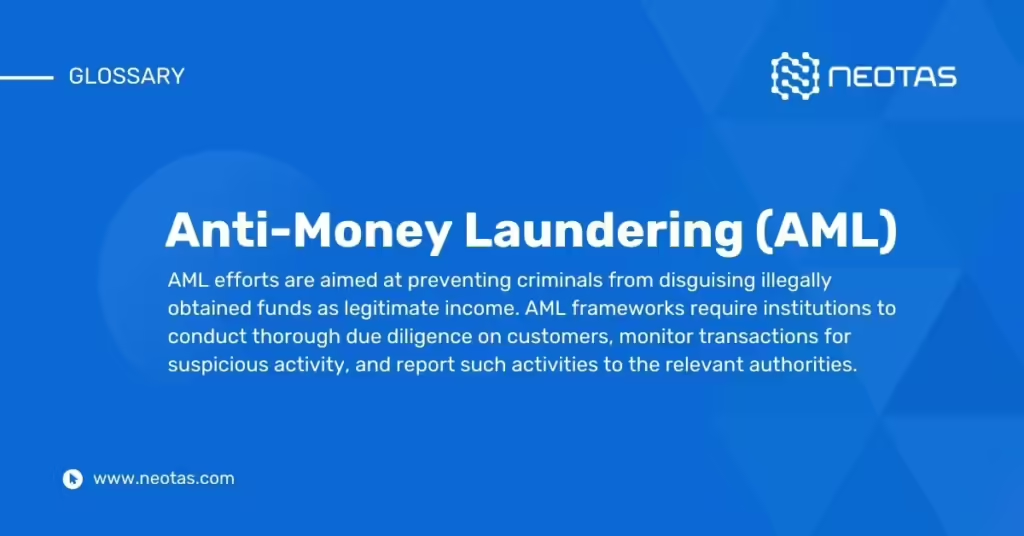

 Financial Crime Compliance Trends 2024
Financial Crime Compliance Trends 2024